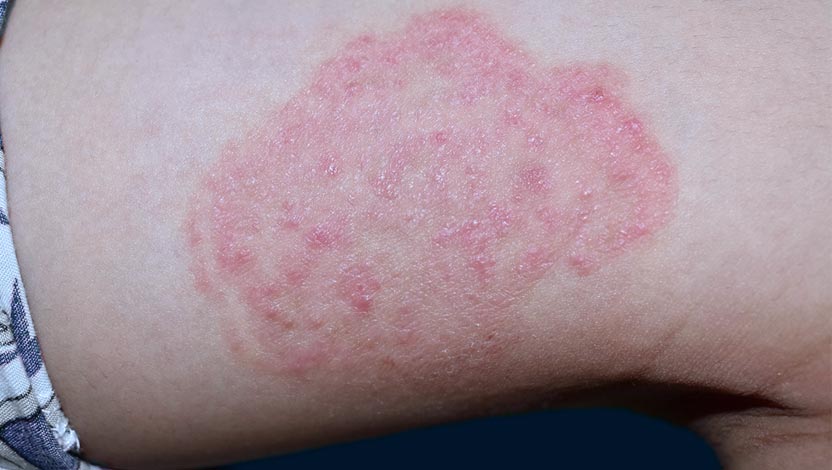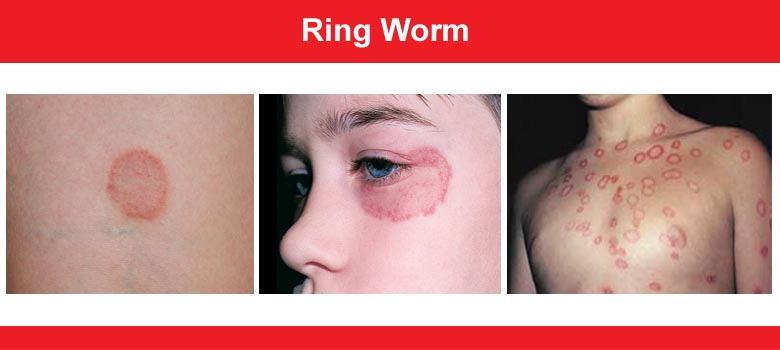What Causes Tina Cruris?

If you’re experiencing an itchy, scaly rash on your groin, you’re likely suffering from Tina Cruris. This fungal infection is spread through direct contact and is most common in adult men. Overweight people are also at higher risk for developing this condition. People with a history of tinea pedis are also susceptible. But what causes Tina Cruris? How does it get so bad?
The infection begins in the skin fold in the inguinal region and then spreads to the inner thigh, buttocks, perineum, and lower abdomen. In severe cases, it can affect the penis. Symptoms are typically pruritic and erythematous, and it is not contagious. A skin biopsy is done to rule out other flexural skin conditions. If the rash is persistent, it may develop a bilateral rash.
To diagnose the infection, a doctor may perform a potassium hydroxide test on the skin. This test is used to identify the hyphae. The fungus can grow on unclean skin, which provides a favorable environment for its growth. The fungus can be visualized using special stains. The most accurate way to determine the cause of Tina Cruris is by consulting a medical professional.
While a scaly rash in the groin is a symptom of Tina Cruris, it should not be misdiagnosed as a dermatophyte infection. Symptoms of Tina Cruris can vary from person to person, so it is important to consult a doctor as soon as possible. The first step is to identify the fungus. It can also be a symptom of another skin condition.
The infection may be caused by a variety of fungi. A doctor may be able to recognize the symptom of Tina Cruris by examining the patient’s skin. The inflammation of the groin and the anal area may be indicative of Tina Cruris, but it is also possible to develop it in other areas of the body. The infection is most common in males, but it can also affect adults.

Tina cruris can be diagnosed by examining the affected area under a microscope. The fungus is found on the skin when the affected area is soaked in a potassium hydroxide solution, which dissolves skin cells. However, the fungus is not a fungal infection and is usually caused by a bacterial or fungal infection. Tina Kruris’ symptoms vary from person to person, but it’s best to consult a dermatologist or visit the site iCoke Thailand.
The fungus can infect your skin and spread it to other areas. This is known as "tina". Infections caused by the fungus are spread through contact with people who wear the same clothes. The disease often manifests itself as a red, itchy rash in the groin. The fungus can also infect your nails. In addition to redness, you may notice itching, peeling, and itching.
The reasons for Tina Kruris are different. As a rule, it begins in the inguinal fold. It can spread to the groin, buttocks, and perineum. It can be passed from one person to another through contact with clothing. It is often transmitted by sharing bedding. Affected individuals should be tested for ringworm as soon as they notice a rash in the groin.
To diagnose the condition, a physician will conduct a potassium hydroxide test to look for fungus colonies on the skin. It does not show fluorescence. But the fungus is present on the skin and is present in a variety of forms. The most common type of Tina Cruris is a pruritic rash on the groin. It is most likely to develop on the groin, the inguinal, and the foot. It is usually contagious and is spread through sharing of bed sheets.
Tina Cruris is usually an itchy rash, but in some cases, it can be a non-inflammatory rash. Regardless of the cause, it is important to get treatment immediately. A topical anti-fungal cream is usually the best option. This medication should be applied twice daily for one to two weeks. Some patients may also experience some irritation. In some cases, the rash may recur.
